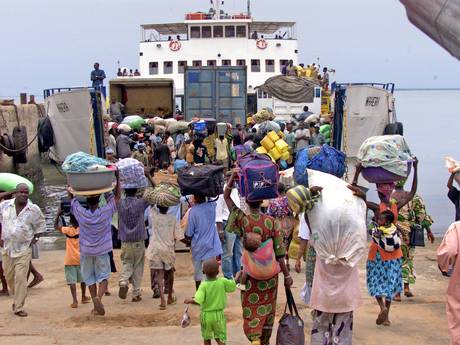 The number of refugees, asylum-seekers, and internally displaced people worldwide has exceeded 50 million for the first time in the post-World War II era.
The number of refugees, asylum-seekers, and internally displaced people worldwide has exceeded 50 million for the first time in the post-World War II era.
The UN Refugee Agency (UNHCR)’s annual Global Trends report shows 51.2 million people were forcibly displaced at the end of 2013, six million more than in 2012.
The increase was driven mainly by the war in Syria, which at the end of last year had forced 2.5 million people into becoming refugees and made 6.5 million internally displaced.
Major new displacement was also seen in Africa, notably in the Central African Republic, and towards the end of 2013 in South Sudan.
UN High Commissioner for Refugees Antonio Guterres.
“All this is putting the humanitarian agencies all over the world under enormous stress. The resources available are simply not enough. The financial support we get is simply not enough to be able to respond to such dramatic needs of people that are suffering so much.” (16″)
The UN’s policy is to encourage people to return voluntary to their country of origin, but other possibilities include local integration or resettlement into third countries.
2013 saw the fourth lowest level of refugee returns in almost a quarter of a century, with just over 410,000 people going home.
Daniel Dickinson, United Nations


